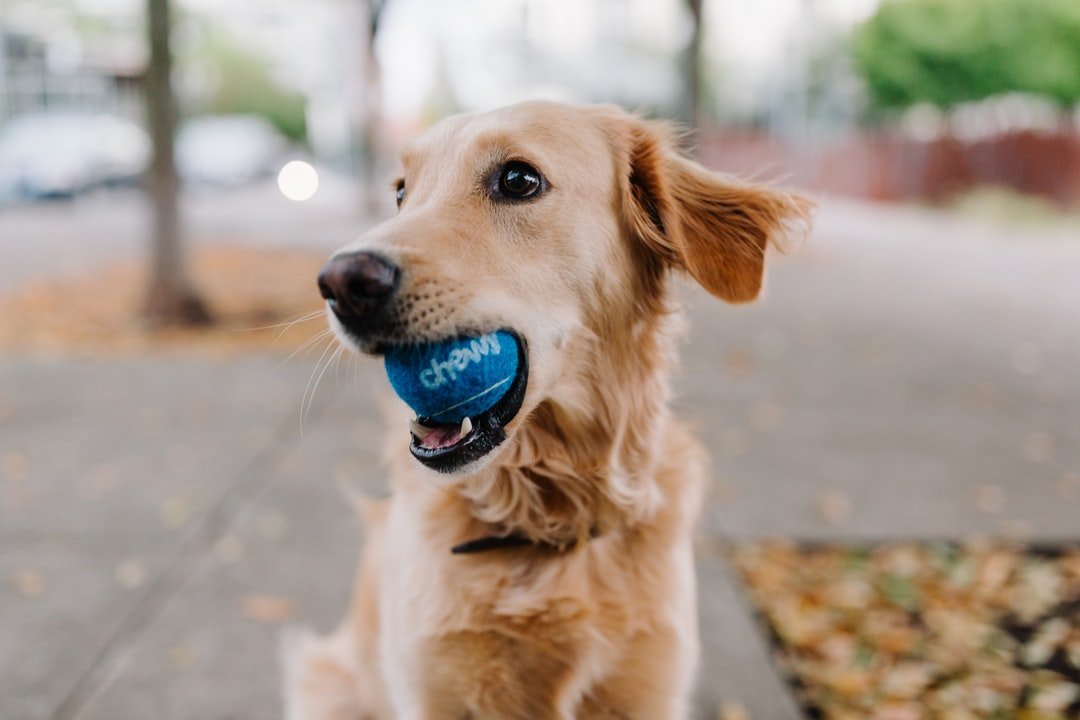Puppy Training: Learn Puppy Training Basics

Puppy Training is the application of behaviour analysis that applies the same environmental events of past antecedents and effects to alter the dog behaviour, either for it to better adapt in certain tasks or undertake certain behaviours, or for it otherwise to engage effectively in modern domestic society. It also considers how the selection of the right kind of dog plays a crucial role in shaping its future behaviour and interaction with humans. It involves careful analysis of genetic and physiological factors and their effects on behaviour, both in relation to genetic variance and individual temperament. It includes the use of statistical techniques, computer software and reinforcement to achieve desired results. The results of this Puppy Training can be used to provide information that can be used to assist the selection of appropriate dogs in training programmes. Read more on Puppy Trainings in this article.
One very important aspect of training a puppy is teaching him the basic commands. These are generally the easy ones like 'Sit', 'Stay', 'FurRealite', 'Down' and 'Come'. Once they learn these simple commands, you can then introduce harder ones such as 'FurRealite'. If you wish to start training the pup immediately, you should start with the basic commands and then progress gradually to the more difficult ones. Once the basic commands are learned thoroughly, you can then begin using more complicated ones and eventually the harder ones.
One other important aspect of training a puppy is the use of the leash. You need to start with the leash and only after the pup has mastered that properly, introduce the treat and reward system. The leash works in such a way that it provides positive motivation (what is commonly known as incentive), to yield to the commands of the trainer. In this manner, the pup will know that he is getting rewarded when he obeys and stops his unwanted behaviour. Eventually, the pup will learn to carry out the command 'Stay' automatically when the leash is slack and not tugging at the leash. Get more insights on puppy trainings here: https://www.puppytrainedright.
When you introduce the treat into the picture, do so very cautiously. First, choose a small and relatively tasteful treat such as a slice of cheese or a little chocolate bar. Do not use a large and expensive dog treat. The treat should not be chewed up into pieces. Start the Puppy Training with small, easy to follow commands, such as 'Sit', 'Stay', 'FurRealite' etc.
When your puppy finally learns 'stay' and the rest of the basic commands, you can slowly start using more difficult commands such as 'down' and 'furRealite'. It would be better if you start the process with the most basic ones first and gradually increase the difficulty levels. You can also try 'down' and 'furRealite' for a short period and see if the pup gets the idea. It would be best if you do this continuously until the pup gets the idea that pulling on the leash is not a good thing.
After getting used to the idea of following commands, the next step in puppy training would be to correct behavior that is not correctable. You can start correcting behaviors like circling and jumping up. Remember, furbabies are highly intelligent creatures; therefore, consistency is important. When you have finally mastered the art of furbaby obedience training, you can move on to something more challenging, such as command training and tricks. Click here for more info about dog training: https://en.wikipedia.org/wiki/Dog_training.
